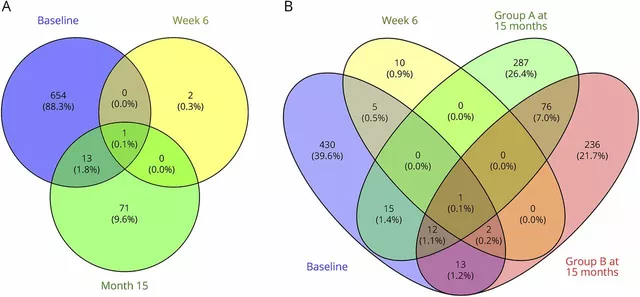Long-Term Health Effects: Understanding Medication Risks Over Time
If you’ve ever wondered whether a drug will still be safe after months or years of use, you’re not alone. Most people focus on the short‑term benefits—pain relief, blood sugar control, mood boost—and then forget that side effects can creep in later. Knowing what to watch for can keep you ahead of problems before they become serious.
Why Long-Term Effects Matter
Every medication interacts with your body’s chemistry, and the longer you stay on it, the more chance there is for subtle changes. For example, a blood pressure pill might lower your numbers initially but could affect kidney function after years of continuous use. That doesn’t mean you should quit, but you do need regular check‑ins.
Another big reason to pay attention is that many side effects only show up after the body adapts. Think of antibiotics: they clear an infection quickly, yet repeated courses can disrupt gut flora for months, leading to digestive issues down the road. The same principle applies to antidepressants, cholesterol drugs, and even over‑the‑counter supplements.
How to Spot and Manage Risks
The first step is a baseline check. Before you start any new prescription, ask your doctor for labs that will serve as a reference point—liver enzymes, kidney markers, blood counts. When you return for follow‑up appointments, compare these numbers to see if anything’s drifting.
Second, keep a simple symptom journal. Write down any new aches, mood shifts, or changes in sleep patterns. A pattern that emerges over weeks or months is often more telling than an isolated incident.
Third, stay informed about the specific drug class you’re using. Many online resources—like the Viamedic database—list known long‑term effects for common meds such as metformin, topiramate, and amlodipine. Knowing that a medication can cause weight gain, bone loss, or hormonal changes helps you ask targeted questions at your next visit.
Finally, never assume “I’ve been fine so far” means you’re out of the woods. Chronic conditions evolve, and what’s safe for a year might need adjustment later. Regular blood work, open dialogue with your pharmacist, and periodic medication reviews are low‑effort ways to catch problems early.
In short, treating long‑term health effects like a routine part of your health plan can save you from surprise hospital visits and help you stay on track with the benefits you expect. Keep an eye on labs, log symptoms, ask questions, and use trusted sources for up‑to‑date info—your future self will thank you.
Understanding Long-Term Health Impacts of Premenstrual Dysphoric Disorder
Premenstrual Dysphoric Disorder (PMDD) is more than just severe PMS; it can influence long-term physical and mental health. This article explores the chronic impacts of PMDD, offers helpful tips for management, and discusses available treatment options to improve quality of life.
About
Health and Wellness
Latest Posts


Dimethyl Fumarate: A Game Changer in Treating Autoimmune Diseases
By Orion Kingsworth Apr 29, 2023

9 Alternatives to Ranitidine in 2025
By Orion Kingsworth Mar 26, 2025

The Pros and Cons of Using Sucralfate for Stomach Ulcers
By Orion Kingsworth Jul 31, 2023

